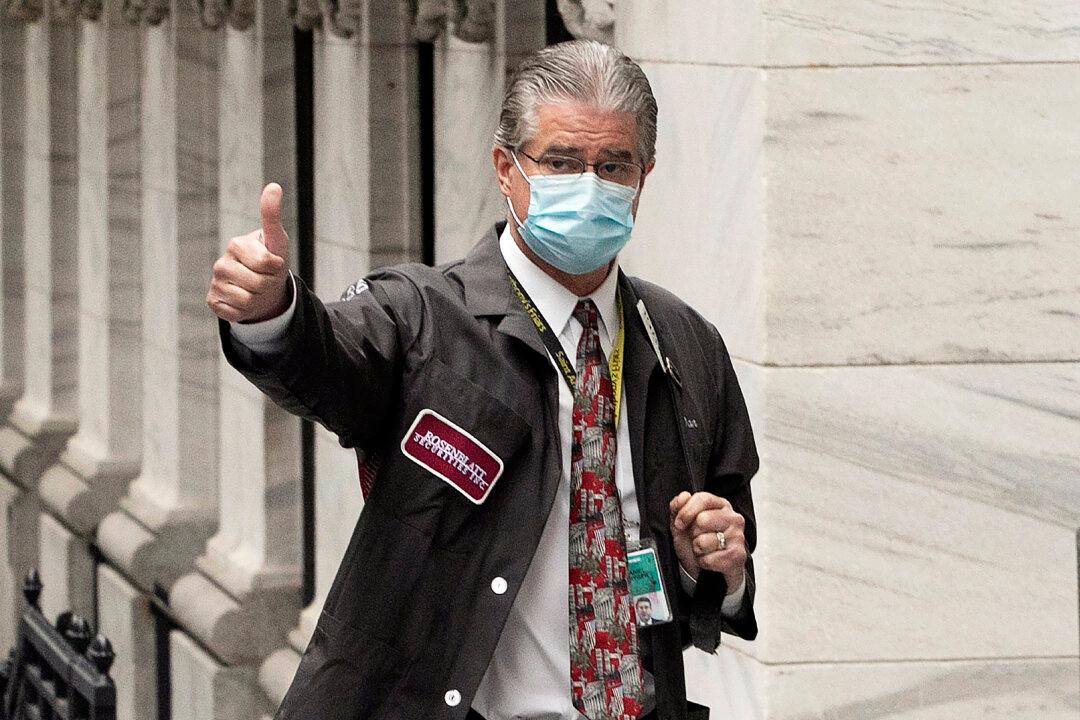Stock analysts at Goldman Sachs have boosted their forecasts for U.S. equities, driven by expectations of a sharp economic rebound in 2021 and a rollout by year’s end of a COVID-19 vaccine.
In a research note circulated to clients, Chief U.S. Equity Strategist David Kostin raised his fair-value year-end target for the S&P 500 stock index by 20 percent—from 3,000 points to 3,600. Widely viewed as a proxy for overall U.S. equities performance, the benchmark S&P 500 is made up of common stock issued by 500 large-cap companies.





